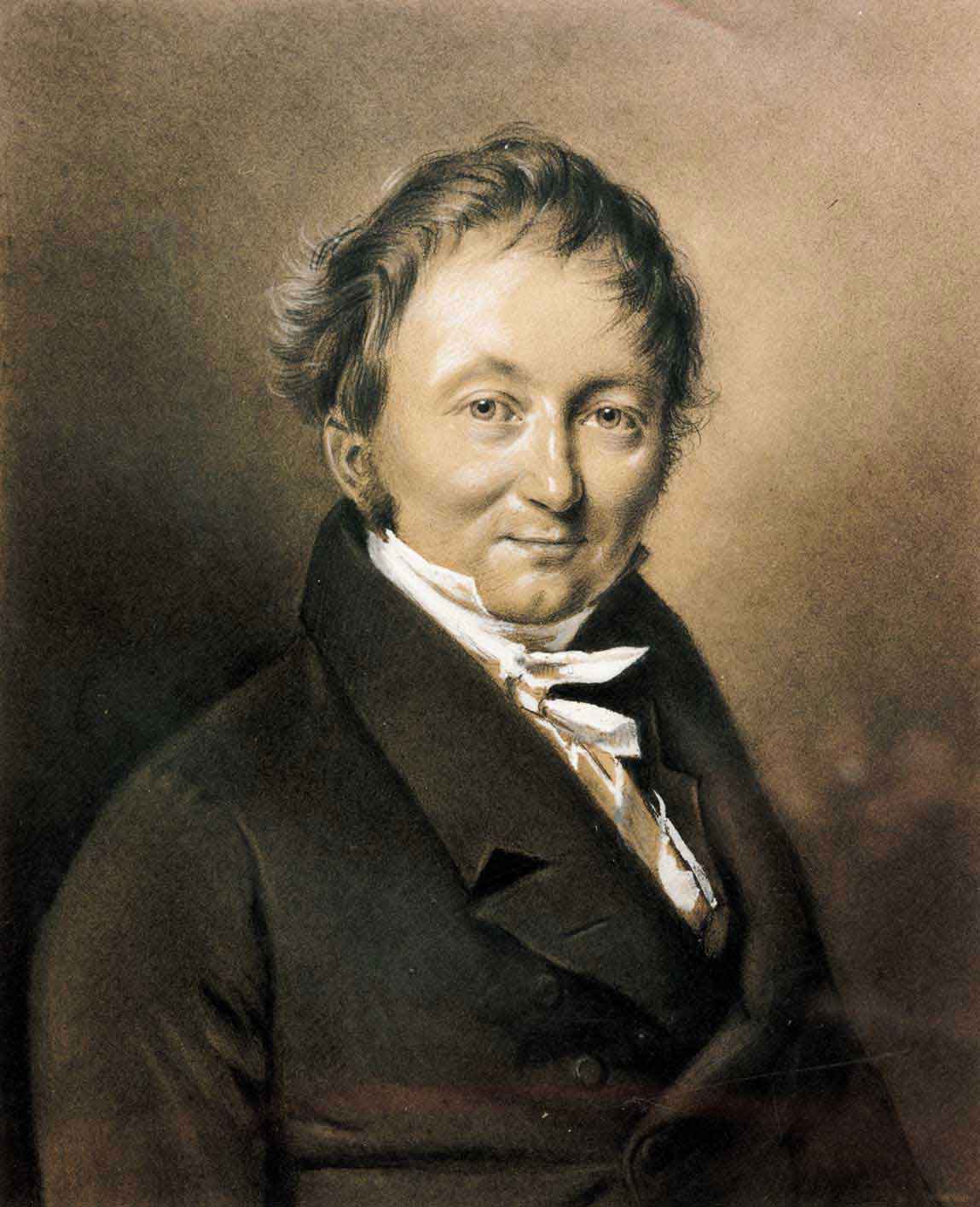… invented the precursor of the bicycle in Mannheim?
That Carl Benz built the first car of the world in Mannheim might now be known even in Swabia and in the United States, where sometimes the contrary is claimed. What hardly anyone knows is that in the “city of squares” many other ingenious inventors worked on their inventions that had a long-lasting impact on the mobility of the people.
One of these thought leaders without a doubt was Baron Karl von Drais (1785-1851). His most important invention is perceived today as the “big bang” of modern individual transportation and had its baptism of fire between Mannheim and Schwetzingen in 1817—the “draisine”. When hearing this term, many inevitably think of the rail cars used on many disused railway tracks. These vehicles, however, have only one thing in common with Drais’ masterpiece: They are driven by muscle power.
His “velocipede,” however, used to be a single-tracked, two-wheeled vehicle made of wood. Sitting on the seat, the driver could comfortably gain thrust by pushing his feet against the ground. What sounds rather trivial from today’s perspective, used to be a ground-braking invention in Goethe’s time. Since the only means for faster transportation at that time was the horse. Crop failures as a result of the disastrous volcanic eruption in Indonesia in 1816 lead to a sudden increase in animal feed prices in the “summer without sun” with a sky overcast by ash clouds. Alternatives were sought for, and thus the time was right for the breakthrough of the bicycle principle invented by Drais.
Unfortunately, it was for Drais as for many other visionaries. He never amassed wealth with his idea. After the revolution had failed in Baden, the authorities cut Drais’ pensions so that he died penniless. His legacy to humankind though is priceless: The bicycle—a further enhancement of the “draisine”—is the most frequently used means of transportation throughout the world.
